Blind cave tetra - Astyanax jordani
Scientific name: Astyanax jordani
Common name: Blind cave tetra
Family: Characidae
Usual size in fish tanks: 7 - 8 cm (2.76 - 3.15 inch)
014
Recommended pH range: 6 - 7
Recommended water hardness: 18 - 30°N (321.43 - 535.71ppm)
0°C 32°F30°C 86°F
Recommended temperature range: 20 - 25 °C (68 - 77°F)
The way how these fish reproduce: Spawning
Where the species comes from: North America
Temperament to its own species: peaceful
Temperament toward other fish species: peaceful
Usual place in the tank: Top levels
Origin
The Blind Cave Tetra (Astyanax jordani) is native to Mexico, where it inhabits the underground rivers and cave systems of the Sierra Madre Oriental. Over generations, these fish adapted to complete darkness, losing both pigmentation and eyesight. Instead, they developed heightened sensory abilities, relying on their lateral line system to navigate. Due to interbreeding with other tetra species, hybrids have been found further afield in Central America.
Short Description
The Blind Cave Tetra is a fascinating and resilient species, highly popular among aquarists due to its unique appearance and adaptability. Despite lacking eyesight, these fish are highly active and social, making them a great addition to community tanks. They reach an adult size of 7-8 cm (2.76 - 3.15 inches) and should be kept in groups of at least six to reduce stress and encourage natural behaviors.
Lifespan
With proper care, the Blind Cave Tetra can live between 3-5 years, though some specimens have been known to exceed this lifespan in optimal conditions.
General Care
Blind Cave Tetras are relatively undemanding when it comes to tank setup. A small group can be housed in a minimum tank size of 60 cm x 30 cm (2 feet x 1 foot), though larger groups will require an aquarium of at least 90 cm x 30 cm (3 feet x 1 foot) to provide adequate swimming space. These fish thrive in a variety of setups, whether in heavily planted tanks, rocky environments, or open aquascapes.
Recommended water parameters:
- Temperature: 20 - 25°C (68 - 77°F)
- pH: 6.0 - 7.0
- Hardness: 18 - 30°N (321.43 - 535.71 ppm)
Like most tetras, they are generally peaceful but can occasionally nip at the fins of slow-moving or long-finned species, particularly during feeding.
Feeding
Blind Cave Tetras are not picky eaters and will readily accept a variety of foods. To maintain their health and coloration, provide a varied diet, including:
- Staple diet: High-quality flake food or small sinking pellets.
- Live or frozen treats: Brine shrimp, bloodworms, daphnia, and artemia.
- Vegetable matter: Blanched spinach or spirulina-based flakes.
Feed small portions 2-3 times a day to prevent overeating and maintain water quality.
Sexing
Determining the sex of Blind Cave Tetras is relatively straightforward. Males tend to be slimmer and develop a curved anal fin, while females are slightly larger with a straighter anal fin and a rounder belly, especially when carrying eggs.
Breeding
Breeding Blind Cave Tetras is relatively simple, making them an excellent choice for aquarists looking to raise their own fish. To encourage spawning:
- Set up a dedicated breeding tank with a sponge filter to prevent fry from being sucked in.
- Use marbles or a fine mesh as a substrate to protect eggs from predation.
- Introduce well-conditioned parent fish with a high-protein diet.
Spawning typically occurs in the early morning. The female scatters her eggs, and the male fertilizes them immediately. Since the parents exhibit no parental care and may eat the eggs, it is best to remove them after spawning.
The eggs hatch within 24 hours, but the fry will not require feeding until they become free-swimming. Once free-swimming, they should be fed:
- Infusoria for the first few days.
- Newly hatched brine shrimp once they grow slightly larger.
- Crushed flake food after a few weeks.
Tank Mates
Blind Cave Tetras are social and do best in groups. They can be housed with other peaceful species, but avoid slow-moving or long-finned fish. Suitable tank mates include:
- Neon Tetras – Small, peaceful companions.
- Ember Tetras – Fast-moving and compatible.
- Sterbai Corydoras – Gentle bottom dwellers.
- Otocinclus Catfish – Peaceful algae grazers.
Tank mates to avoid:
- Betta Fish – Their long fins may attract fin-nipping.
- Angelfish – Potential for fin-nipping.
- Oscars – Too large and aggressive.
Recommended Plants
While Blind Cave Tetras do not rely on plants for cover, adding vegetation enhances the aesthetic appeal and helps regulate water quality. Suitable plants include:
- Java Fern – Low-maintenance and hardy.
- Anubias – Great for low-light setups.
- Cryptocoryne Wendtii – Ideal for soft water tanks.
Final Thoughts
The Blind Cave Tetra is a unique and hardy fish that brings intrigue to any aquarium. Despite its lack of eyesight, it navigates effortlessly using its lateral line system. By providing proper tank conditions, a well-balanced diet, and compatible tank mates, these fish will thrive and exhibit their fascinating behaviors.
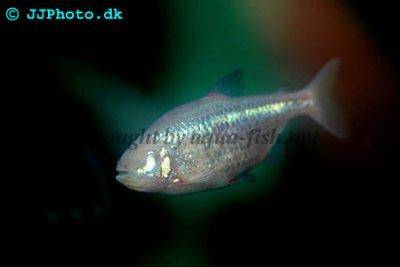


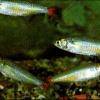 Bloodfin
Bloodfin 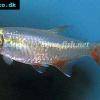 Bloodfin
Bloodfin 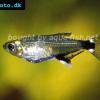 Panda
Panda 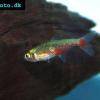 Green
Green 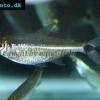 Kennedy
Kennedy 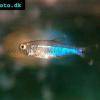 Blue
Blue 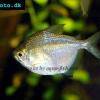 Discus
Discus 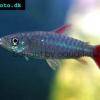 Pink
Pink 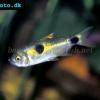 Bucktoothed
Bucktoothed 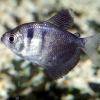 Black
Black 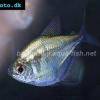 False
False 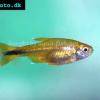 Silver
Silver  Hemigrammus
Hemigrammus 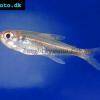 Dash-dot
Dash-dot 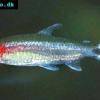 Rummy
Rummy 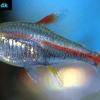 Glowlight
Glowlight 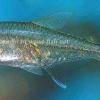 January
January 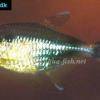 Head
Head 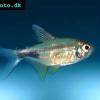 Garnet
Garnet 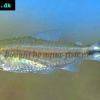 Rummy
Rummy 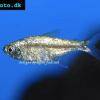 Gold
Gold 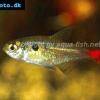 Red
Red 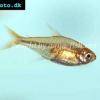 Ember
Ember 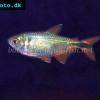 Buenos
Buenos 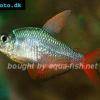 Colombian
Colombian 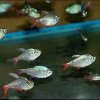 Ecuador
Ecuador 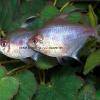 Bleeding
Bleeding 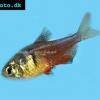 Flame
Flame 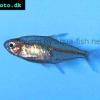 Georgett’s
Georgett’s 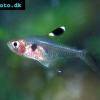 Griems
Griems 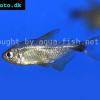 Kitty
Kitty 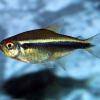 Black
Black 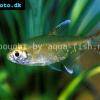 Firefin
Firefin 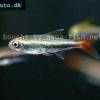 Loreto
Loreto 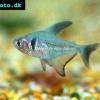 Black
Black 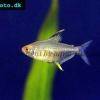 Lemon
Lemon 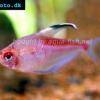 Redback
Redback 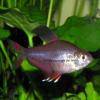 Rosy
Rosy 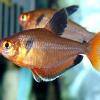 Serpae
Serpae 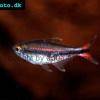 Savanna
Savanna 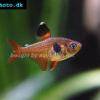 Red
Red 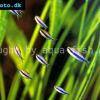 Blue
Blue 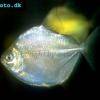 Silver
Silver 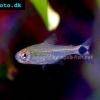 Ceros
Ceros 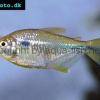 Napo
Napo 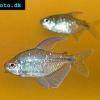 Diamond
Diamond 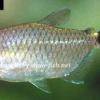 Red
Red 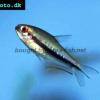 Rainbow
Rainbow 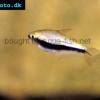 Emperor
Emperor 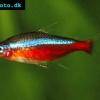 Cardinal
Cardinal 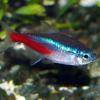 Neon
Neon 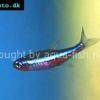 Green
Green 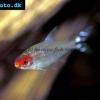 False
False 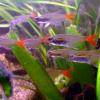 Glass
Glass 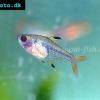 X-ray
X-ray 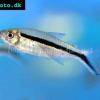 Penguin
Penguin